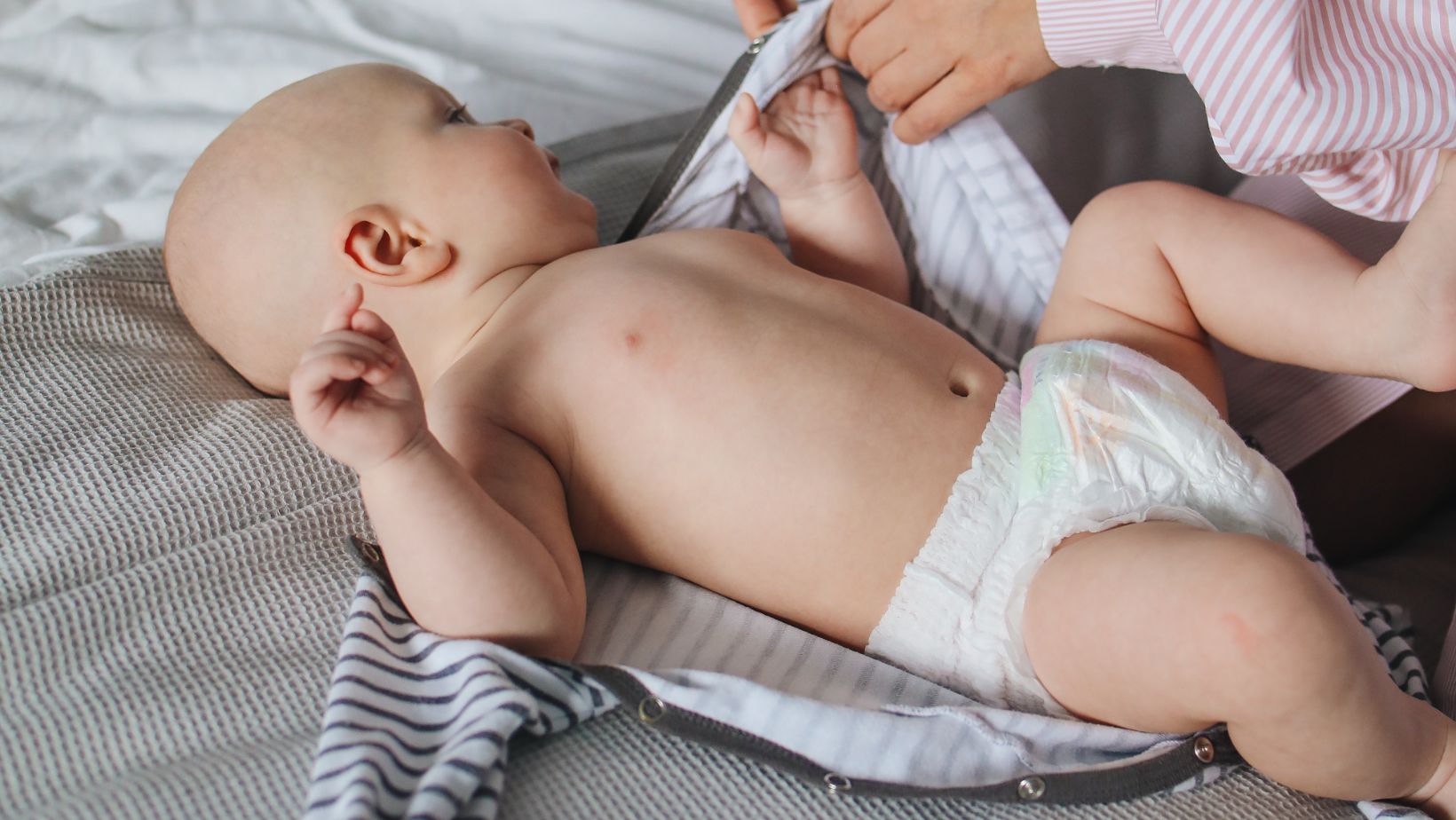
Diapers are essential to a baby’s life but can also be one of the most expensive parts of new parenthood. Choosing the right diapers, like Honest diapers ensures your baby’s comfort and safety while helping you save money in the long run.
New parents often have questions about diapers, such as when to change them and how to choose the best brands.
Size
Most diaper manufacturers offer a range of sizes to accommodate your baby’s growth. However, the size chart should not be your only guide – all babies are built differently. You will also need to examine the fit of a diaper, especially after each change. Your child may need a larger size if the leg cuffs are gaping or the waistline is riding up.
Newborns weighing 6 pounds and under require preemie diapers, available from some brands. Disposable newborn diapers have an extra stretch for a better fit, and some feature a cutout at the umbilical cord area to make cleaning easier.
Consider switching to another brand or style once your infant outgrows a particular diaper size. This will help reduce leakages and other problems, such as skin irritation or a crooked fit. Consider limiting fluid intake before bedtime, as this can lead to nighttime leakage. This can also indicate that your baby is not getting enough sleep.
Absorbency
The absorbency of a diaper is crucial to your baby’s comfort. If a diaper is too thin, it will leak, exposing your baby to moisture and potentially leading to skin problems like diaper dermatitis.
Diapers are made from several layers of materials that are glued together. Depending on the type of glue used, some diapers may emit volatile organic compounds, or VOCs, known to be hazardous air pollutants.

To test the absorbency of a diaper, take a small piece of the inside liner out of the bottom of a dry diaper and place it in a gallon-sized zip-closing plastic bag. The white granules in the corner of the bag are sodium polyacrylate, a water-absorbing chemical used as a sand substitute. Pour a teaspoon of water over the powder and observe what happens. Continue adding teaspoons of water and observe how the powder changes from a dry, powdery substance to a gel that can hold hundreds of times its weight in water.
Closure
The type of diaper closure affects how easy it is to change your baby. Some diapers fasten with Velcro, while others use snaps, hooks, and loops. A good choice for busy parents is an all-in-one diaper with a waterproof cover and absorbent pad attached, making it as simple as possible to change your baby. Many of these types also come in various colors and patterns to appeal to your baby’s style.
Cloth diapers are more work, so you’ll want to consider how much enthusiasm you have and who will change your baby (partner, extended family, nannies). If the thought of washing, folding, and storing cloth diapers is too much for you, local diaper services can deliver eco-friendly disposable diapers to your door each week and pick up the old ones.
Style
While the overall shape of a diaper remains consistent, manufacturers introduce different designs and styles. The most common features include a printed front sheet, fastener tapes, waistbands, and elastic leg cuffs. This makes the baby feel comfortable and protects their skin from irritation. The print and the fasteners are also made from materials safe for the baby’s delicate skin.

The absorbent core comprises a matrix of fluff and chemical crystals known as super-absorbent polymer (SAP). The SAP works to soak up fluids and lock them away from the baby’s skin.
Many diapers are available in various prints and colors, making it easy for parents to find the perfect match. Others come with added features like rash guards, which help prevent diaper rash from developing by absorbing moisture and wicking it away from the baby’s skin. Some manufacturers also offer disposable swim diapers, which can be used for water activities. Whether you choose cloth or disposable, changing your baby regularly and promptly to avoid leaks is important.























